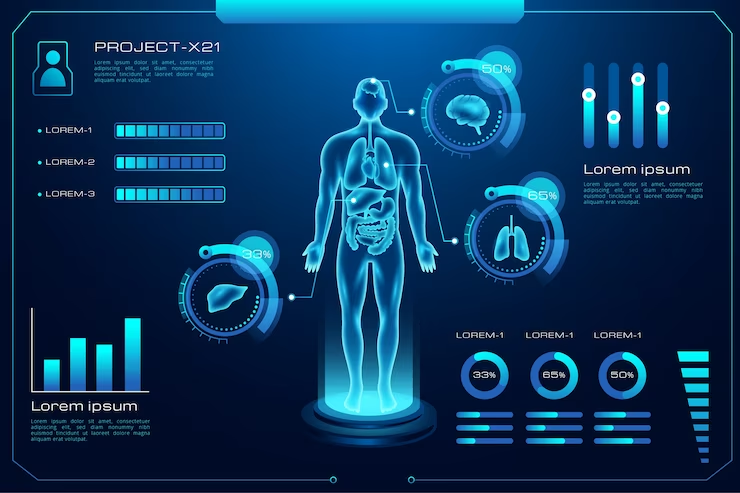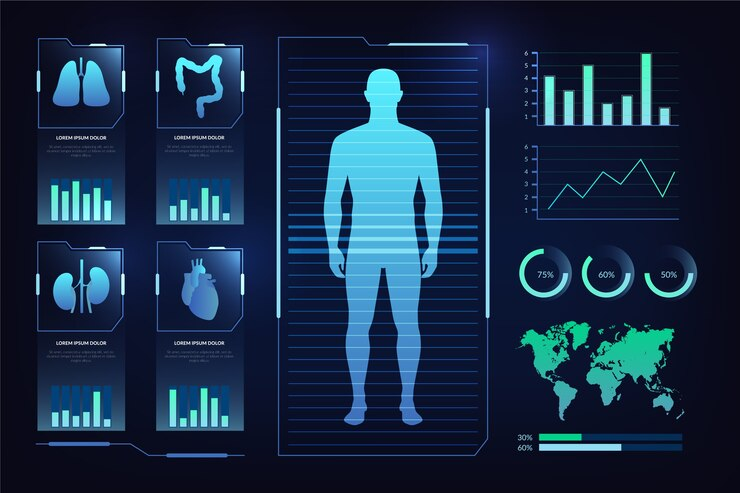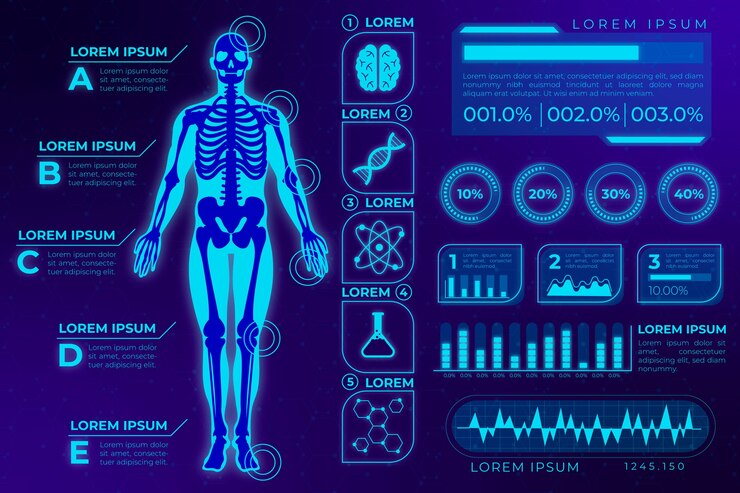
In the realm of cutting-edge technology, the 3D body scanner stands as a revolutionary innovation. This advanced system has redefined precision and accuracy in various industries, offering a myriad of applications across healthcare, fashion, fitness, and beyond.
Unveiling the 3D Body Scanner Technology
The 3D body scanner operates on the principles of non-invasive imaging, capturing intricate details of the human body’s dimensions and contours. Through a meticulous process of scanning, it generates a three-dimensional representation with unparalleled accuracy. This technology harnesses various methods, from laser-based systems to structured light and photogrammetry, to create a comprehensive and precise digital model.

The core of 3D body scanner technology lies in its non-invasive imaging capabilities, capturing intricate details of the human body’s dimensions and contours. Through meticulous scanning processes, it produces a three-dimensional representation of the subject with unparalleled accuracy. Utilizing methods such as laser-based systems, structured light, and photogrammetry, 3D body scanners create highly detailed digital models.
The fashion industry has witnessed a transformative shift with the integration of 3D body scanning. Designers and manufacturers leverage this technology to craft bespoke garments that impeccably fit individual body shapes. This not only elevates the customer experience but also streamlines production processes, reducing material waste and promoting sustainability.

In healthcare, 3D body scanners play a crucial role in diagnosis, treatment planning, and progress monitoring. From orthopedics to prosthetics and dermatology, the technology provides accurate visualization of patient-specific anatomical details. Custom prosthetics, designed with the aid of 3D scanning, ensure optimal fit and increased comfort for patients.
Enthusiasts in fitness and wellness embrace 3D body scanning to precisely track changes in body composition. These scanners offer comprehensive insights into muscle mass, fat distribution, and posture adjustments, enabling the creation of personalized fitness plans and tailored wellness strategies.
As technology continues to advance, the future of 3D body scanning looks promising. Developments in artificial intelligence and machine learning are set to further enhance scanning precision and speed. Additionally, the accessibility of this technology is expected to expand, making it more widely available across various sectors.

In the fashion industry, the integration of 3D body scanning has revolutionized the concept of tailored clothing. Designers and manufacturers leverage this technology to create bespoke garments that perfectly align with individual body shapes. This not only enhances the customer experience but also optimizes production processes, reducing material waste and enhancing sustainability.